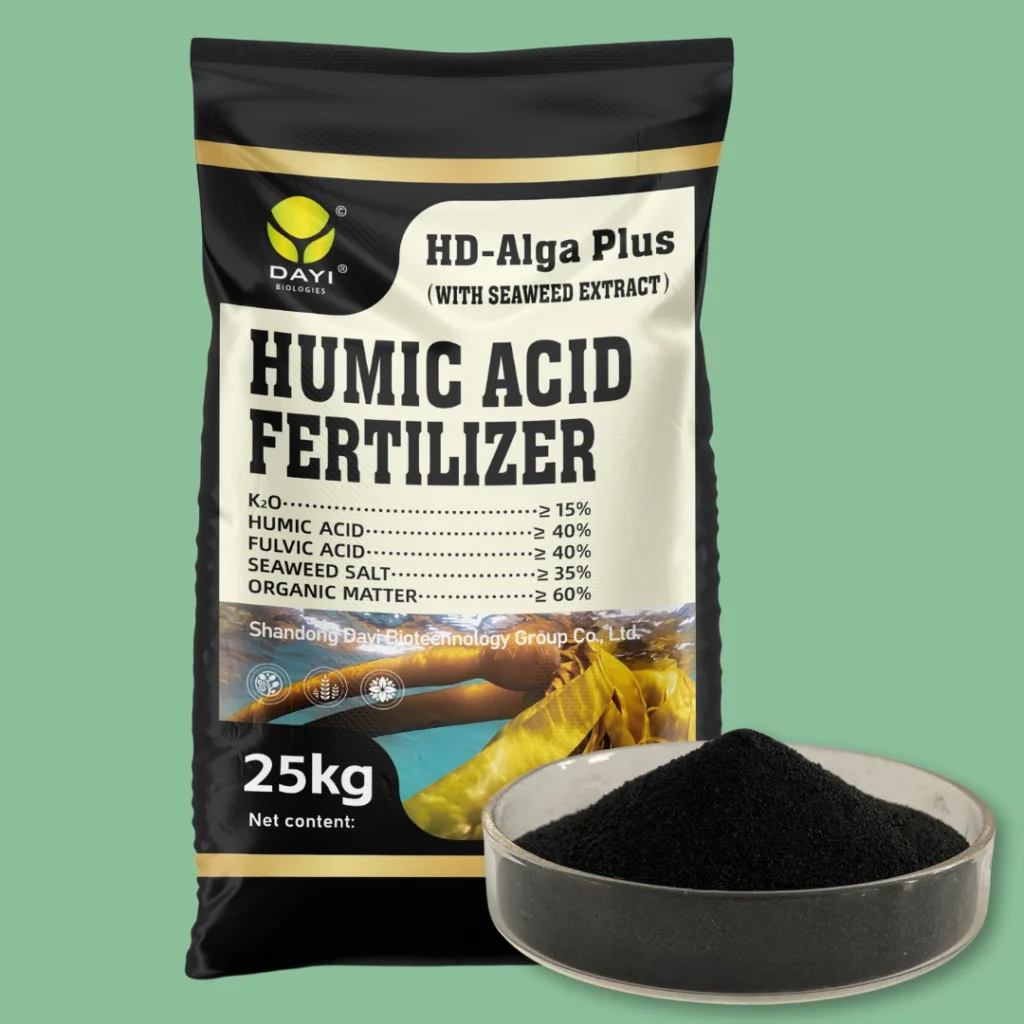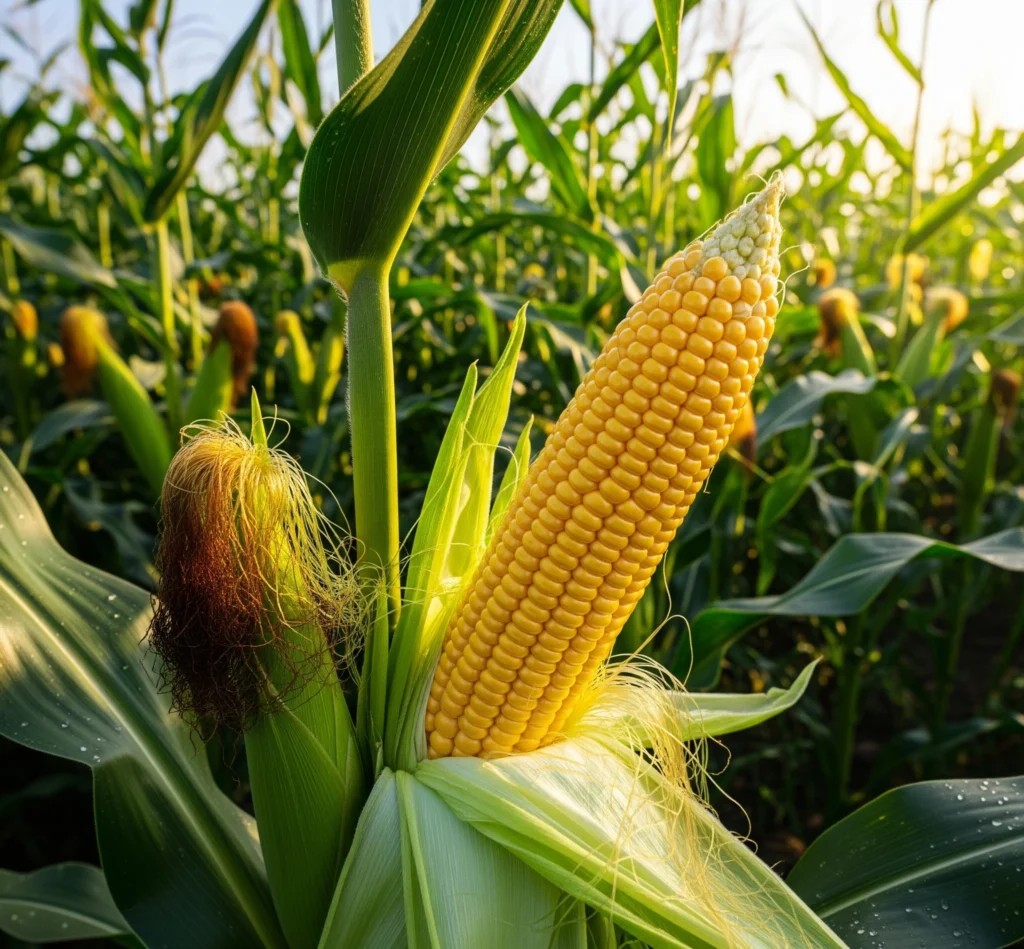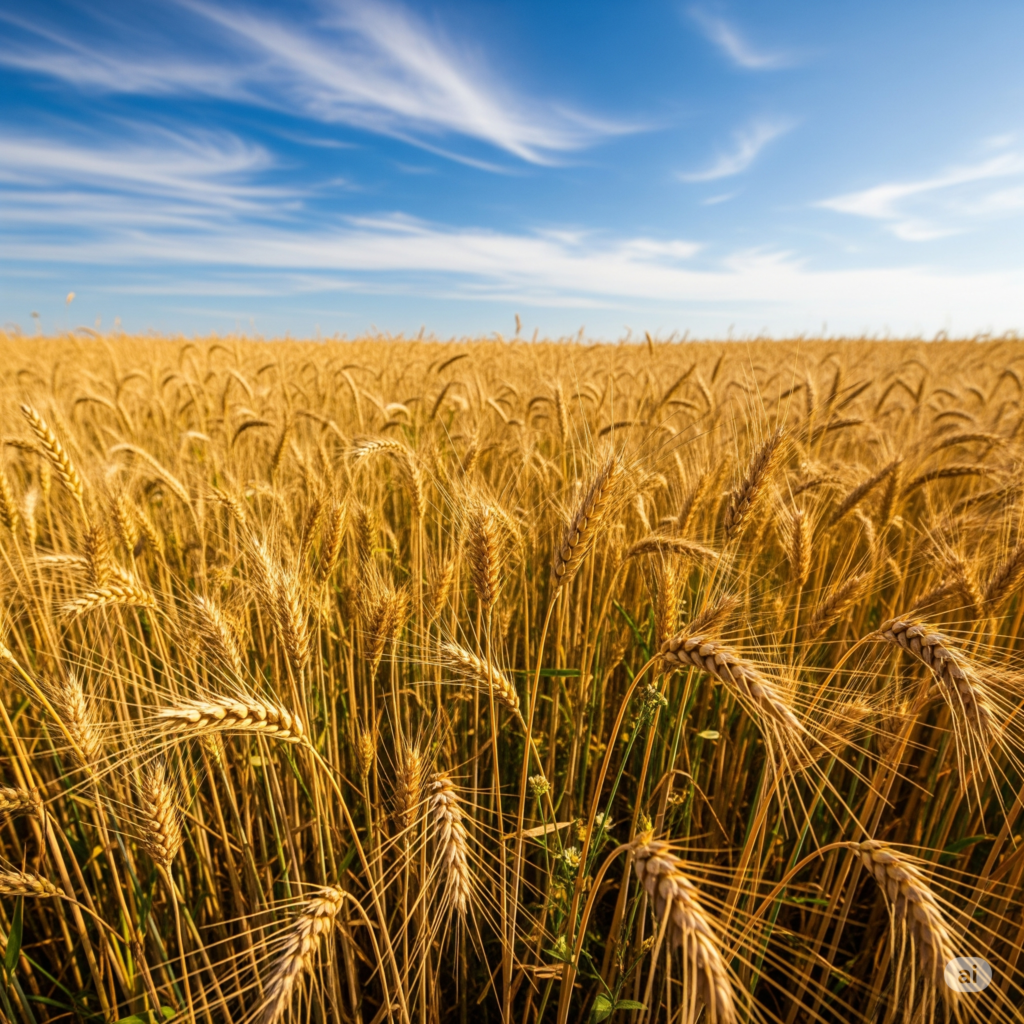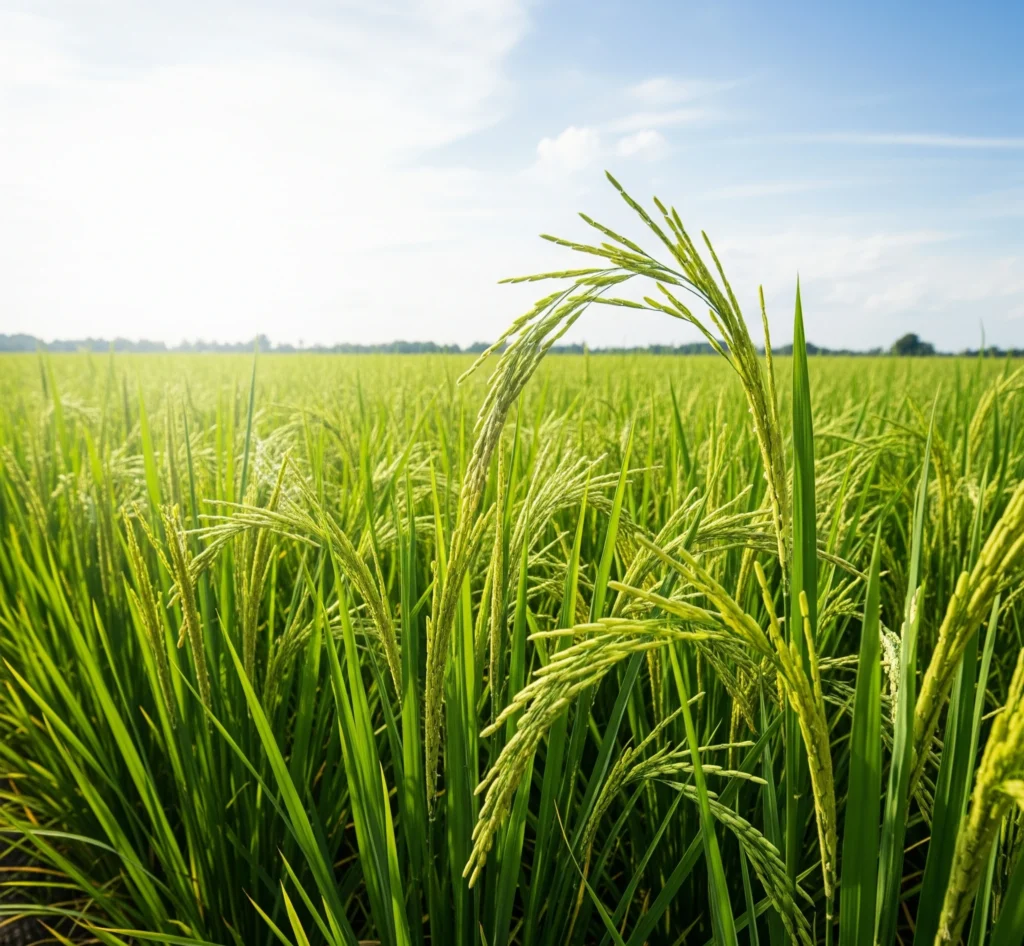Corn, also known as maize, stands as one of the world’s most vital crops, rightly earning its title as “green gold.” It’s not just a staple food for millions but also a critical source of livestock feed, a key ingredient in numerous industrial products, and a significant contributor to biofuel production. Cultivating healthy, high-yielding corn is paramount for global food security and economic prosperity. This comprehensive guide will walk you through the essential aspects of corn cultivation, including optimal growing conditions, effective protection strategies, and general care, demonstrating how advanced plant nutrition can help you achieve extraordinary harvests.
Understanding Corn (Maize): A Versatile Global Crop
Corn (Zea mays) is a remarkable C4 plant, meaning it’s highly efficient at converting sunlight into energy, making it exceptionally productive in warm climates. There are several types of corn, each with distinct uses:
- Field Corn (Dent Corn): The most common type, primarily used for animal feed, ethanol production, and various industrial applications. Its kernels have a characteristic “dent” when dry.
- Sweet Corn: Grown for human consumption, harvested when kernels are immature and sweet, typically eaten fresh, canned, or frozen.
- Popcorn: A unique variety with hard kernels that explode when heated.
- Other types include Flint Corn (hard, colorful kernels) and Flour Corn (soft, starchy kernels).
Cultivation Essentials: Setting the Stage for Success
- Best Planting Time: Corn is a warm-season crop and is highly sensitive to frost. The best time to plant is generally in late spring to early summer, after the last expected frost, when soil temperatures consistently reach 10∘C to 12∘C (50-55°F) at planting depth. Planting into cold, wet soil can lead to poor germination, seedling disease, and stunted growth.
- Suitable Soil and Weather Conditions:
- Soil: Corn thrives in deep, well-drained, fertile loamy to clay-loam soils that have good water-holding capacity and high organic matter content. A soil pH range of 6.0 to 7.0 is considered ideal. Proper soil aeration and drainage are crucial for root development.
- Weather:
- Corn requires consistently warm temperatures throughout its growing season. Optimal daytime temperatures range from 25∘C to 32∘C (77-90°F).
- Abundant sunshine is essential for its efficient photosynthesis.
- It needs adequate and consistent moisture, especially during critical reproductive stages like tasseling, silking, and grain fill.
- A frost-free growing season of 100 to 140 days (depending on the variety) is necessary for full maturity.
- General Precautions for Healthy Growth:
- Optimal Spacing: Plant corn at recommended densities to ensure adequate sunlight, air circulation, and nutrient access for each plant.
- Nutrient Management: Corn has a very high demand for nutrients, particularly nitrogen. Avoid nutrient deficiencies, but also prevent excessive fertilization, which can lead to lodging.
- Water Availability: Ensure consistent moisture, especially during key growth stages. Drought stress at these times can significantly reduce yield.
- Weed Control: Corn is highly susceptible to weed competition in its early growth stages. Implement aggressive weed management.
- Scouting: Regularly monitor fields for early signs of pest infestations or disease outbreaks.
Protecting Your Corn: Threats and Strategies
Corn faces various threats from pests and diseases. An integrated approach to pest and disease management is crucial for protecting your investment.
- Pests:
- Corn Earworm: Feeds on developing kernels in the ear.
- European Corn Borer: Larvae tunnel into stalks and ears.
- Fall Armyworm: Feeds on leaves and ears, often causing significant damage.
- Corn Rootworm: Larvae feed on roots, leading to lodged plants.
- Aphids: Can transmit viruses and cause sap depletion.
- Protection: Utilize resistant (Bt) corn varieties, implement crop rotation (especially effective against rootworm), encourage natural enemies, scout fields regularly, and use targeted insecticides only when economic thresholds are met.
- Diseases (Primarily Fungal):
- Gray Leaf Spot: Causes rectangular lesions on leaves, reducing photosynthetic area.
- Common Rust: Characterized by small, circular, reddish-brown pustules on leaves.
- Northern Corn Leaf Blight: Causes long, elliptical, grayish-green lesions on leaves.
- Fusarium Ear Rot: Fungal growth on ears, potentially producing mycotoxins.
- Common Smut: Causes large, irregular galls on any plant part.
- Protection: Plant resistant varieties, practice crop rotation, manage crop residue to reduce disease inoculum, ensure good drainage, and apply fungicides when warranted by disease pressure.
- Viral Diseases:
- Maize Dwarf Mosaic Virus (MDMV): Causes mosaic patterns and stunting.
- Protection: Plant resistant varieties and control vector insects (like aphids) and perennial weed hosts that can harbor the virus.
General Care for Thriving Corn
- Nutrient Management: Corn is a heavy feeder. Regular soil testing is vital to determine exact nutrient requirements. Nitrogen (N) is the most critical nutrient for corn yield, often applied in split doses to match plant needs. Phosphorus (P) and Potassium (K) are also essential, along with important micronutrients like Zinc and Boron.
- Water Management: Adequate and timely water supply is crucial, especially during the silking, tasseling, and grain-fill stages. While rain-fed corn is common, irrigation can significantly boost yields in areas with unreliable rainfall.
- Weed Control: Effective early-season weed control is paramount. Weeds compete directly with corn for nutrients, water, and light, often leading to substantial yield losses. A combination of cultural practices, mechanical cultivation, and appropriate herbicide application is recommended.
- Monitoring: Consistent field scouting from emergence through maturity helps in the early detection of nutrient deficiencies, pest infestations, and disease symptoms. Prompt identification allows for effective and targeted interventions.
- Harvesting: Harvest corn when it reaches its optimal moisture content (typically 15-20% for grain corn) to minimize drying costs and prevent spoilage or quality degradation.
Best Countries for Corn Cultivation: Corn is globally significant, with leading producers including:
- United States
- China
- Brazil
- Argentina
- Ukraine
- India
- Mexico
- Indonesia
- France
- Canada
Dayi’s Solution: Optimizing Corn Nutrition with Humic Acid + Seaweed Extract
At Shandong Dayi Biotechnology Group Co., Ltd., we are dedicated to helping farmers achieve peak performance from their corn crops. Our Humic Acid Fertilizer (With Seaweed Extract) offers a powerful nutritional advantage. The humic acid component dramatically improves soil structure, enhancing its capacity to retain water and making essential nutrients more available to the corn plant. It also stimulates beneficial microbial activity in the soil, which is vital for robust root development and efficient nutrient uptake, particularly for corn’s high nitrogen demands. Complementing this, the seaweed extract delivers a rich blend of natural plant growth hormones (auxins, cytokinins, gibberellins), vital trace minerals, and amino acids. These bioactive compounds promote stronger vegetative growth, improve resilience to environmental stresses like drought and heat (critical for corn), enhance tassel and ear development, and ensure more complete grain filling. The synergistic action of these ingredients empowers corn plants to develop extensive, highly efficient root systems, absorb nutrients with superior efficacy, and exhibit enhanced resilience, ultimately leading to significantly higher yields of top-quality corn.
Leveraging our advanced “Microbial+” technology and unwavering commitment to sustainable solutions, Shandong Dayi Biotechnology Group Co., Ltd. is at the forefront of innovation in plant protection, empowering farmers to achieve more bountiful and healthy harvests.




